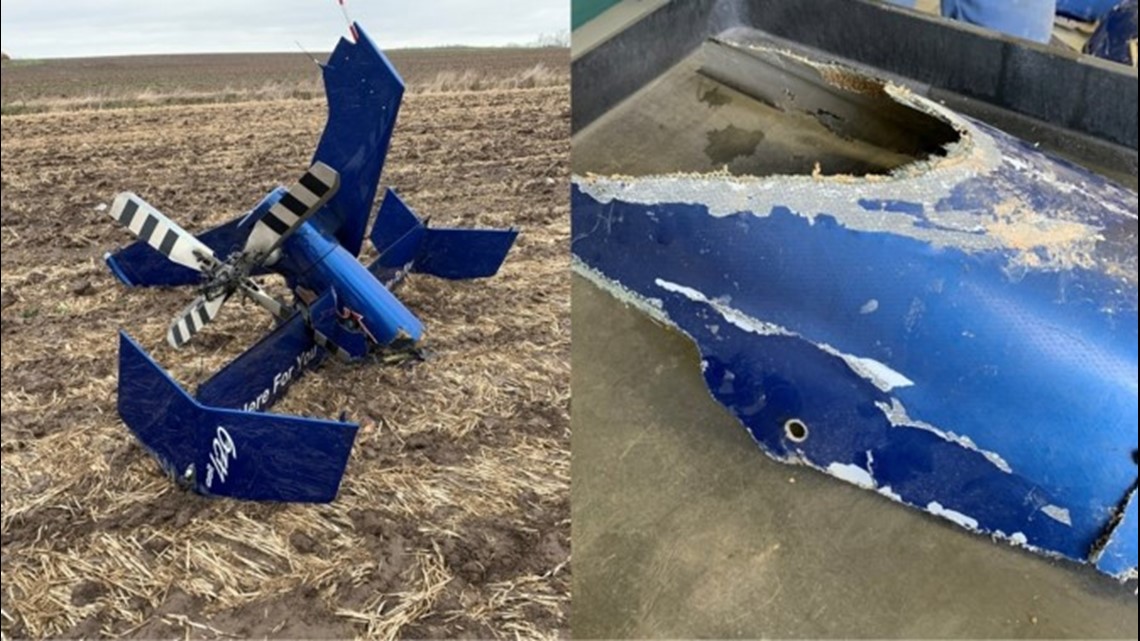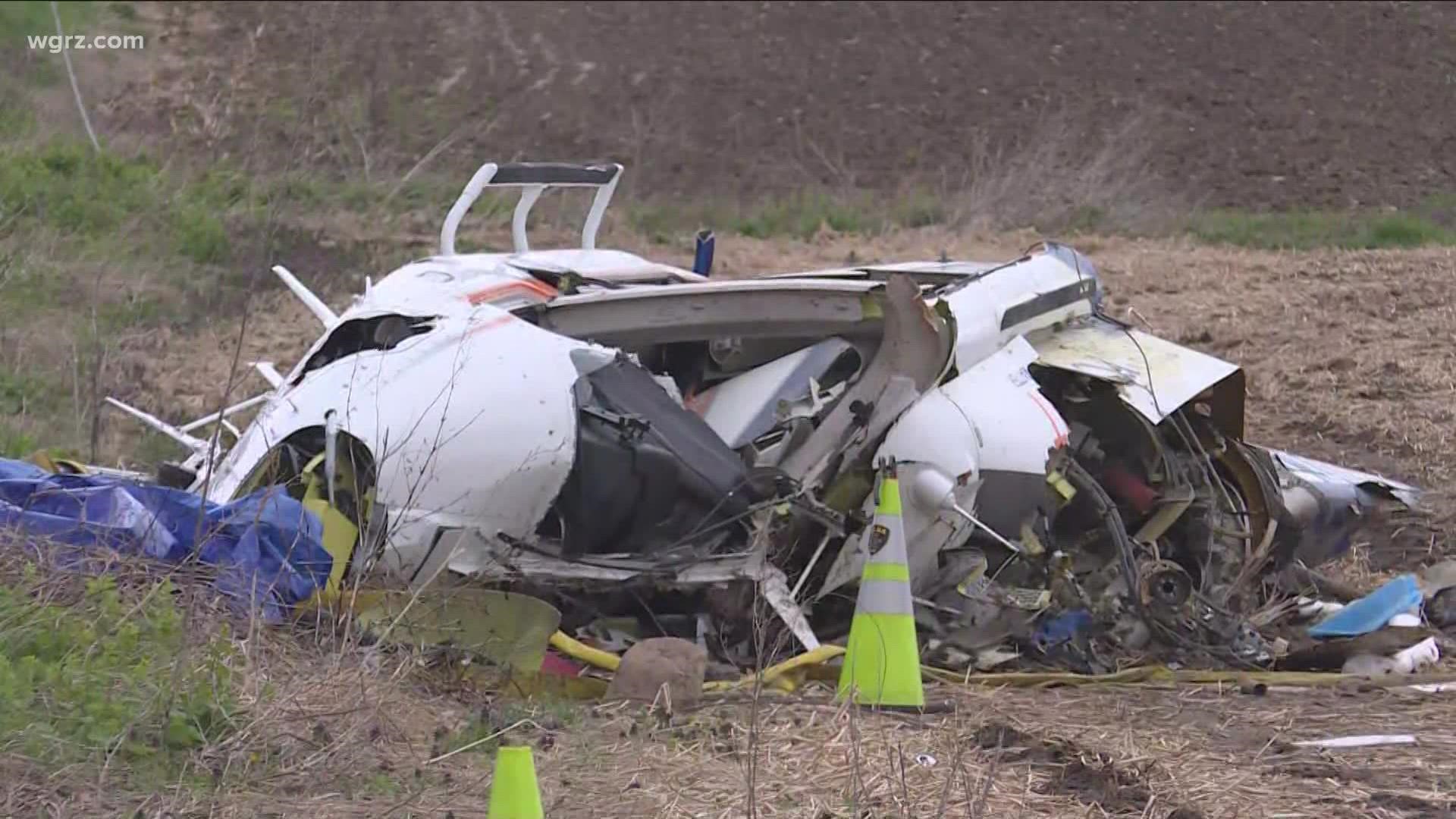ELBA, N.Y. — The National Transportation Safety Board has released its preliminary accident report following the crash of a Mercy Flight helicopter in Genesee County last month.
The crash resulted in the deaths of two pilots, James Sauer, 60, of Churchville, NY, and Bell Helicopter Instructor Stewart Dietrick, 60, of Prosper, Texas who were out for an instructional flight on April 26.
The NTSB report revealed that the Mercy Flight helicopter had been out for an earlier flight that same day. It was the second one that would prove fatal.
Flight surveillance data provides a detailed catalog of the helicopter's actions which are detailed in the preliminary report.
The helicopter departed from the Genesee County Airport in Batavia around 11:10 a.m. and performed multiple maneuvers in the vicinity before heading east. About 20 minutes later, the helicopter returned to the airport and performed additional maneuvers for about 30 minutes before once again departing.
Shortly after, the data reveals the pilots performed two similar up and down flight procedures, first climbing at one speed and then descending at another.
The report goes on to describe several eyewitness accounts - one such individual told the NTSB that he observed the helicopter "almost stationary" at one point but then heard a loud "bang" as it started to fly away. The helicopter began to descend out of control.
Other eyewitnesses said the helicopter "fell apart" with the fuselage, the central part of the helicopter, falling separately from the tail. Another reported hearing a "whooshing" noise" from the engine, then "three loud and rapid cracks."
The helicopter fuselage, which contains the engine, transmission, and rotor assembly, hit the ground after falling from around 1,220 feet according to the NTSB findings. Upon impact around 1 p.m., some electrical wiring caused the helicopter to ignite causing a small post-crash fire that was put out by first responders.
The tail boom was found about 390 feet from the main wreckage and had an angled fracture in it that the report stated was "consistent with main rotor blade contact."


In addition to the rotor impacting the tail, the NTSB found that recovered steering controls (push-pull tubes) showed "fractures in the system consistent with overload." All four main rotor blades were found separated from the rotor head.
The report states that damage to both the engine and gearbox was likely due to impact damage. The tail rotor drive shaft however was fractured about midway to the blower.
The Aviation Accident Preliminary Report concluded by stating:
"Multiple electronic recording devices were removed from the wreckage and retained for download of the non-volatile memory. The remaining wreckage was retained for further examination."
You can read the full report here:

